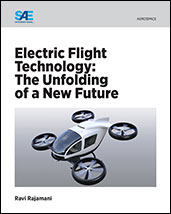Technical Paper
Certification of Engine Health Management Systems: Guidelines for Selecting Software Assurance Levels
2011-10-18
2011-01-2704
The use of Engine Health Management (EHM) systems has been growing steadily in both the civilian and the military aerospace sectors. Barring a few notable exceptions (such as certain temperature and thrust margin monitoring) regulatory authorities around the world have not required these systems to be certified in any way. This is changing rapidly. New airframes and engines are increasingly being designed with the assumption that EHM will be an integral part of the way customers will operate these assets. This leads to a need for better guidelines on how such systems should be certified. The SAE E-32 committee on Propulsion System Health Monitoring is leading an industry-wide effort to develop a set of guidelines for certifying EHM systems.



